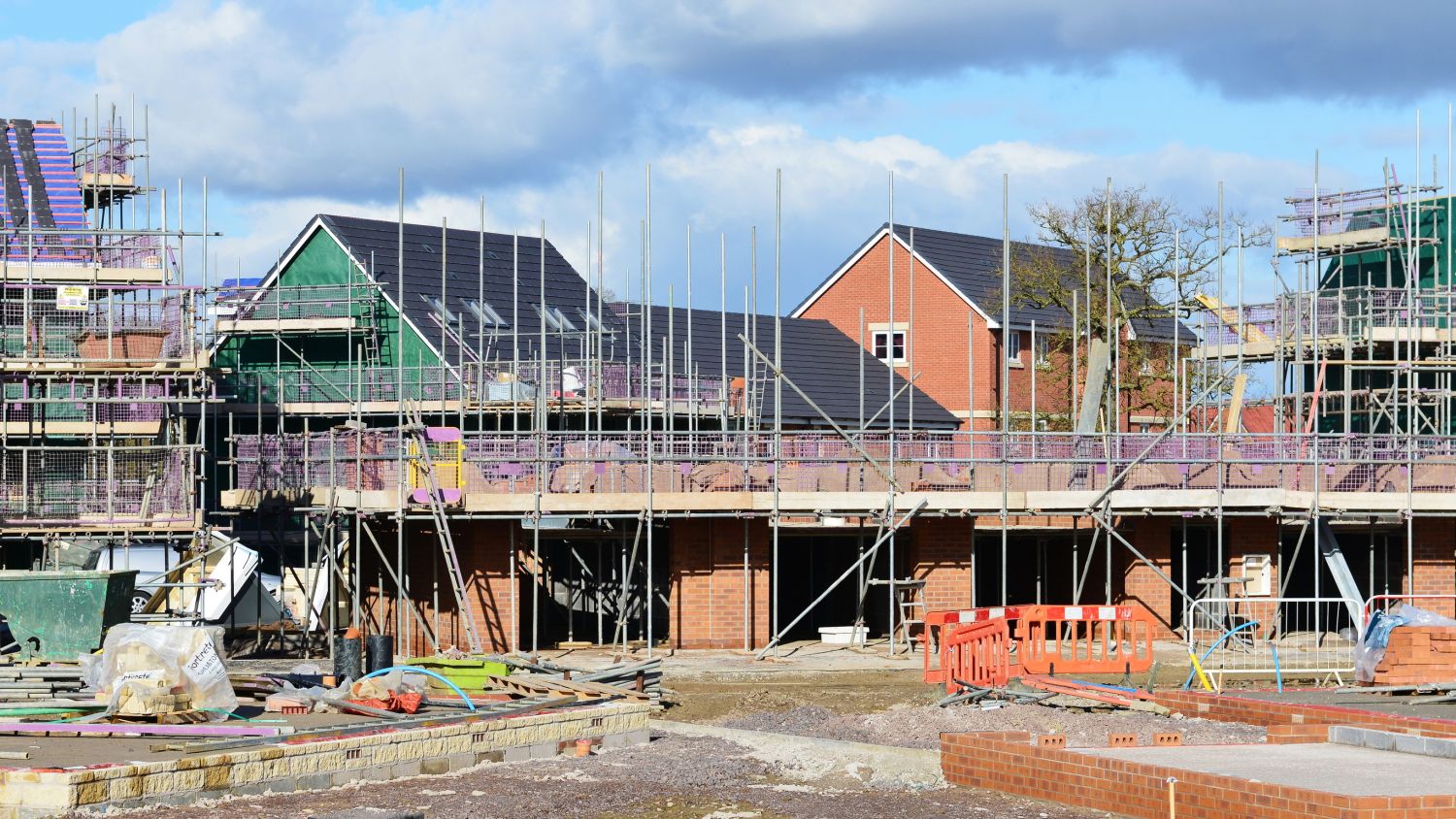
As we head for recession, how much prices fall, for how long and when that is likely to happen, is a complex question and varies due to circumstance. Kris Hudson explains.
With the UK economy fast heading towards a recession, it would be reasonable for the construction sector to anticipate a fall in tender price inflation. Over the last 50 years, there have been just six years of deflation within the sector, all of which have followed recessionary periods.
From peak to trough, tender price inflation has on average fallen by 13.2 percent following the recessions of the last few decades with the duration of deflation lasting between five and 12 quarters (Figure 1).
However, it would be unwise to fully count on these historic trends. How much prices fall, for how long and when that is likely to happen is a complex question and varies from recession to recession.
For example, while the recessionary periods of the 1990s and 2000s prompted pricing deflation immediately after Gross Domestic Product began to contract, those of the 1980s and the COVID-19 pandemic saw a lag of six and three quarters, respectively, before prices began to tail off.
Figure 1: Tender price inflation performance following recent recessions, index values

Taking these trends into account, the industry should be considering the specific circumstances of this potential recession, and how they could conspire to cushion any assumed softening in pricing.
Demand is set to contract by 3.9 percent in 2023 according to the Construction Products Association. This is usually the biggest indicator for the direction of travel for prices.
However, despite falling for only the second time in 27 months as of October 2022, the cost of construction materials and components is still a significant 44.0 percent higher than pre-COVID-19 levels (Figure 2). These elevated costs are likely to remain sticky while energy prices remain high.
Figure 2: BEIS construction materials price indices performance, most recent ten-year period – month on month change

Likewise, the ongoing skills shortage is also buoying labour costs. Border closures, early retirement and workers switching to different industries following pandemic-instigated lifestyle changes are also having an impact.
The Royal Institute of Chartered Surveyors’ Building Cost Information Service suggest that quarter on year labour costs may increase by up to 8.4 percent in 2024 (Figure 3).
Overall, these factors suggest that despite a probable recession, construction will most likely have to continue contending with an inflationary environment for now. While deflation may eventually materialise, clients and contractors need to be proactive in tackling cost pressures on a project-by-project basis depending on factors such as size, procurement route and market.
This will come down to getting the basics right: assessing risk at an early stage; dialling up productivity gains to increase efficiency; and strengthening close, agile relationships with supply chains through early engagement and closer ties. Together, these strategies can all help to mitigate the impact of inflation as recession begins to bite – both during and after.
Figure 3: BCIS labour cost index, quarter on year percentage change

Kris Hudson is an economist and associate director at Turner & Townsend.











